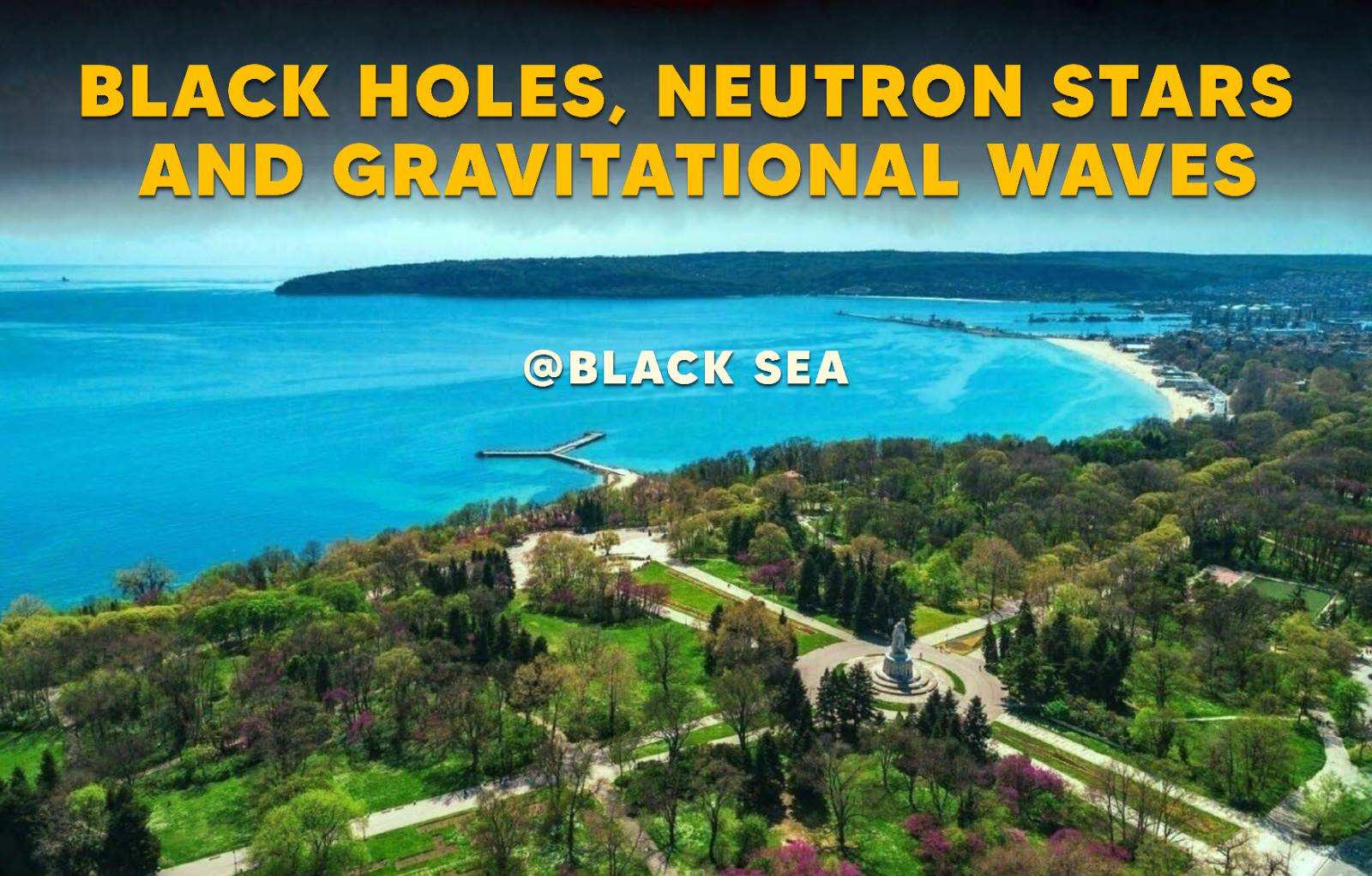Speaker
Description
Numerical relativity has been spectacularly successful during the past
decades, with numerous contributions toward gravitational wave
astrophysics for binary black holes and neutron stars. Despite all
accomplishments, the increasing sensitivity of gravitational wave
detectors and the broader bandwidth of future detectors require
significant further improvements of the numerical codes, both for
black holes and neutron stars. In this talk, I will use the vacuum
case of binary black holes to illustrate several dimensions along
which such improvements are being pursued within the SXS
collaboration. These dimensions include extension of the parameter
space coverage to eccentric binary black holes and hyperbolic
encounters, new computational algorithms, as well as the study of BHs
in alternative theories of gravity.

